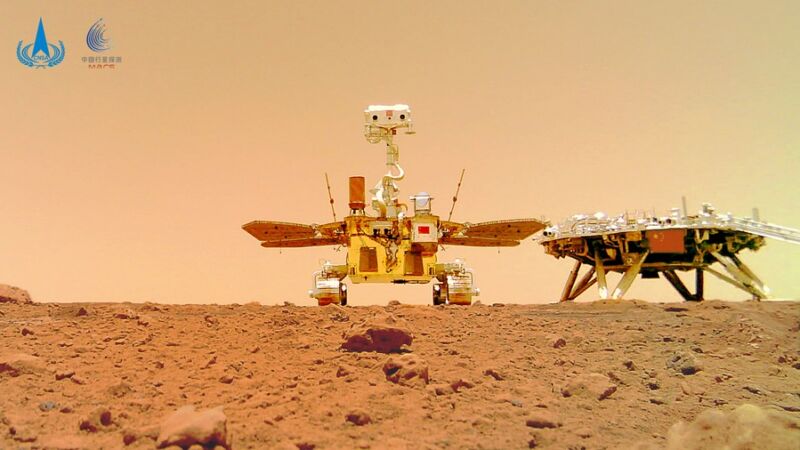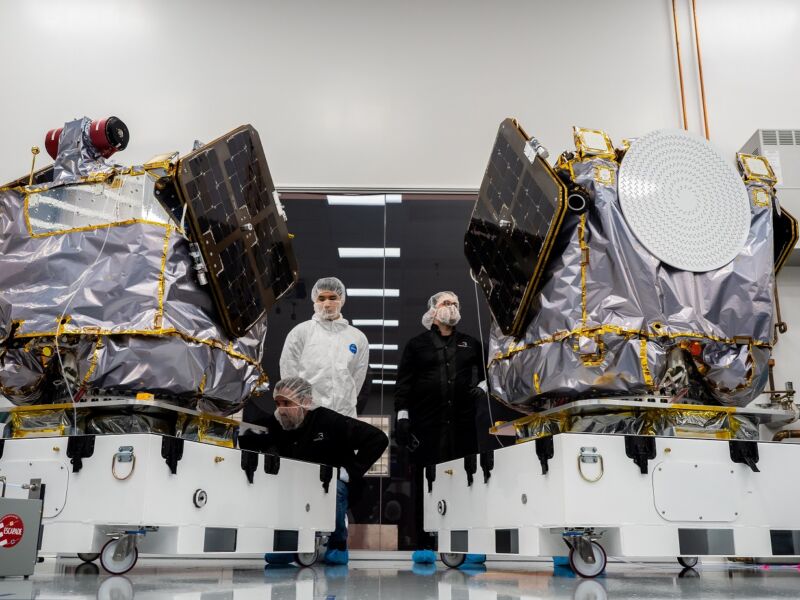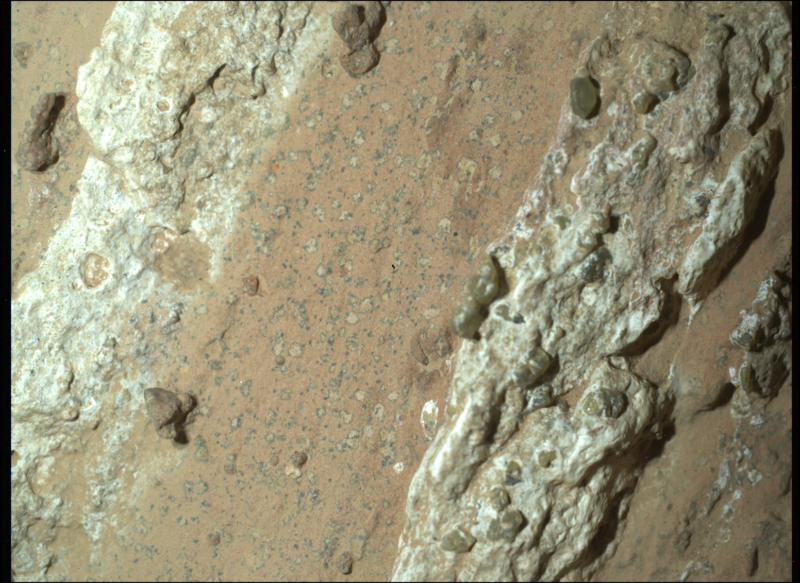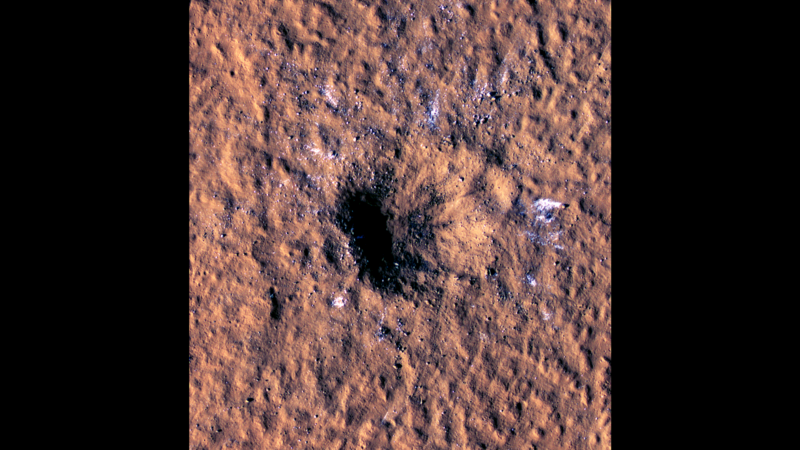Lady Gaga and Bruno Mars’ ‘Die With a Smile’ Becomes Fastest Song to Reach a Billion Streams on Spotify



Enlarge / A "selfie" photo of China's Zhurong rover and the Tianwen-1 landing platform on Mars in 2021. (credit: China National Space Administration)
China plans to launch two heavy-lift Long March 5 rockets with elements of the Tianwen-3 Mars sample return mission in 2028, the mission's chief designer said Thursday.
In a presentation at a Chinese space exploration conference, the chief designer of China's robotic Mars sample return project described the mission's high-level design and outlined how the mission will collect samples from the Martian surface. Reports from the talk published on Chinese social media and by state-run news agencies were short on technical details and did not discuss any of the preparations for the mission.
Public pronouncements by Chinese officials on future space missions typically come true, but China is embarking on challenging efforts to explore the Moon and Mars. China aims to land astronauts on the lunar surface by 2030 in a step toward eventually building a Moon base called the International Lunar Research Station.

Enlarge / The two spacecraft for NASA's ESCAPADE mission at Rocket Lab's factory in Long Beach, California. (credit: Rocket Lab)
Two NASA spacecraft built by Rocket Lab are on the road from California to Florida this weekend to begin preparations for launch on Blue Origin's first New Glenn rocket.
These two science probes must launch between late September and mid-October to take advantage of a planetary alignment between Earth and Mars that only happens once every 26 months. NASA tapped Blue Origin, Jeff Bezos' space company, to launch the Escape and Plasma Acceleration and Dynamics Explorers (ESCAPADE) mission with a $20 million contract.
Last November, the space agency confirmed the $79 million ESCAPADE mission will launch on the inaugural flight of Blue Origin's New Glenn rocket. With this piece of information, the opaque schedule for Blue Origin's long-delayed first New Glenn mission suddenly became more clear.

Enlarge / NASA’s Perseverance rover discovered “leopard spots” on a reddish rock nicknamed “Cheyava Falls” in Mars’ Jezero Crater in July 2024. (credit: NASA/JPL-Caltech/MSSS)
NASA's Perseverance rover has found a very intriguing rock on the surface of Mars.
An arrowhead-shaped rock observed by the rover has chemical signatures and structures that could have been formed by ancient microbial life. To be absolutely clear, this is not irrefutable evidence of past life on Mars, when the red planet was more amenable to water-based life billions of years ago. But discovering these colored spots on this rock is darn intriguing and has Mars scientists bubbling with excitement.
"These spots are a big surprise," said David Flannery, an astrobiologist and member of the Perseverance science team from the Queensland University of Technology in Australia, in a NASA news release. "On Earth, these types of features in rocks are often associated with the fossilized record of microbes living in the subsurface."

Enlarge / One of the craters identified seismically, then confirmed through orbital images. (credit: NASA/JPL-Caltech/University of Arizona)
Mars trembles with marsquakes, but not all of them are driven by phenomena that occur beneath the surface—many are the aftermath of meteorite strikes.
Meteorites crash down to Mars every day. After analyzing data from NASA’s InSight lander, an international team of researchers noticed that its seismometer, SEIS, detected six nearby seismic events. These were linked to the same acoustic atmospheric signal that meteorites generate when whizzing through the atmosphere of Mars. Further investigation identified all six as part of an entirely new class of quakes known as VF (very high frequency) events.
The collisions that generate VF marsquakes occur in fractions of a second, much less time than the few seconds it takes tectonic processes to cause quakes similar in size. This is some of the key seismological data that has helped us understand the occurrence of earthquakes caused by meteoric impacts on Mars. This is also the first time seismic data was used to determine how frequently impact craters are formed.
In the year 2245, the Earth was a memory held in the digital archives of the Great Library of Mars, humanity's new cradle in the cosmos. Among the red sands and towering domes of this new world, a young historian named Elias uncovered a mystery that could unravel the very fabric of Martian society. This is the tale of "The Martian Codex: Elias's Quest Through Time."
Elias, a curator at the Great Library, had dedicated his life to preserving the history of Earth and the early days of Martian colonization. His world turned upside down when he stumbled upon an ancient codex, encrypted with a language and technology long thought lost. The codex hinted at the existence of a device, the Chronosphere, capable of viewing the past to uncover the truths hidden by time.
Driven by a thirst for knowledge and the shadows of conspiracy looming over his discovery, Elias embarked on a journey to find the Chronosphere. His quest led him to the underbelly of Martian society, where he allied with a band of outcasts: Nova, a rogue engineer with a penchant for old Earth tech; Kael, a former soldier turned mercenary, seeking redemption; and Lyra, a mystic who believed the Chronosphere was key to foreseeing Mars' perilous future.
Together, they traversed the Martian wastelands, from the bustling metropolis of New Olympus to the ghostly ruins of the First Settlements, uncovering clues that led them deeper into the heart of a conspiracy that threatened the stability of the new world. The ruling Council of Mars, fearing the Chronosphere would expose secrets that could ignite civil unrest, deployed their elite enforcers, the Red Guard, to stop Elias and his companions at any cost.
The climax of their adventure unfolded in the ancient Valles Archive, buried beneath the surface, where the Chronosphere was hidden. As they activated the device, visions of the past flooded their minds: the early days of struggle on Mars, the sacrifices made, and the untold stories of heroes and villains that shaped their society. But among these visions, they discovered a darker truth—the Council's origins were tied to a betrayal that had altered the course of Martian history.
Faced with the decision to reveal the truth or protect the fragile peace on Mars, Elias chose to broadcast their findings to the entire colony. The revelation sent shockwaves through Martian society, challenging its citizens to confront their past and decide the future they wished to build.
In the aftermath, Elias and his companions were hailed as heroes, visionaries who had unveiled the truth that had been buried by time. The Martian Codex became a symbol of their quest, a reminder that history, in all its forms, was the key to understanding not just where they came from, but where they were going.
"The Martian Codex: Elias's Quest Through Time" was celebrated as a turning point in Martian history, a story of courage, unity, and the unyielding pursuit of truth in the face of adversity. Elias's journey inspired a new generation of explorers, historians, and dreamers to look beyond the sands of Mars, to the stars, and back to Earth, ensuring that the memory of humanity's cradle would never be forgotten.